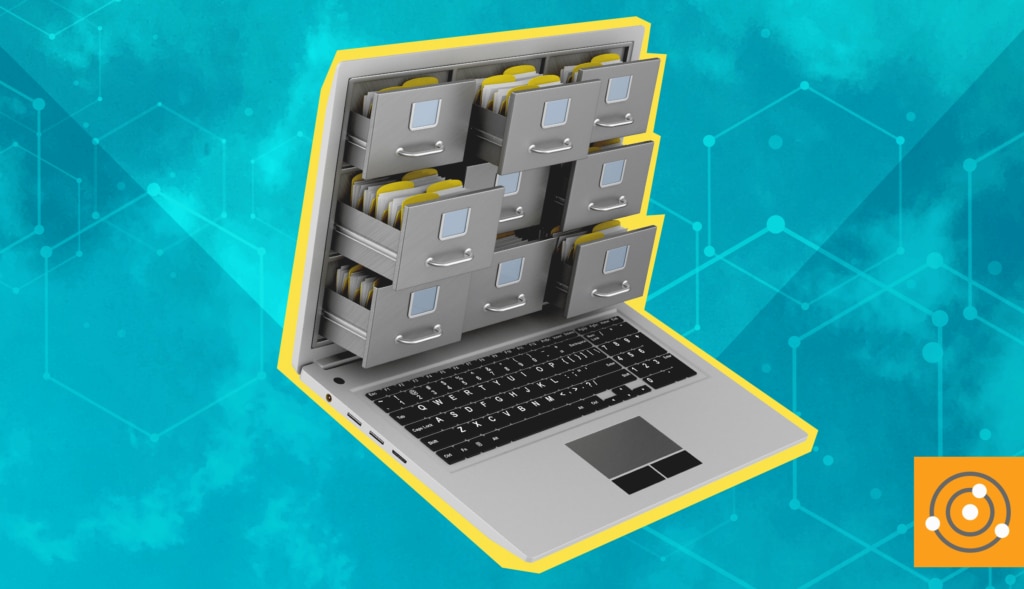The U.S. State Department has a global workforce of 69,000 across more than 270 diplomatic missions. To support the work of its “untethered diplomats,” State’s Bureau of Information Resource Management uses a multi-cloud approach that provides cost-effective, flexible, and reliable access to cloud-based resources, allowing staff to seamlessly collaborate, free from the limitations of VPNs and corporate networks.
But even as the cloud enables the transformation of IT service delivery to overseas posts, there are trade-offs to consider. Let’s look at what this means and the ways IT leaders can overcome them.
The Multi-Cloud Management Headache
Each cloud platform and service is unique—from the underlying technology to the user interface—and a successful deployment of a multi-cloud environment can require a steep learning curve, especially for IT teams used to managing on-premises infrastructure.
Many agencies are seeing value in automating away the complexities of multi-cloud management to avoid overwhelming existing resources. From data migration to configuration management and instrumentation, there are many opportunities to simplify and ease the burden on IT teams.
Visibility into performance is also a concern. Diplomats on the front lines need reliable, highly available access to systems and resources. And IT teams must be confident they can deliver on this requirement with holistic insight into multi-cloud health and the end-user experience.
With applications, data, and infrastructure hosted both in the cloud and on-premises, an essential step for the State Department and other agencies following suit is to get system monitoring complexity under control and into an integrated view, which eliminates the need for IT teams to keep an eye on multiple monitoring systems and dashboards.
Government IT leaders report managing and securing data across hybrid clouds to be their biggest challenge, even more so than migrating to the cloud.
Security leaders must achieve consistency between on-premises security and cloud security. Any ambiguity or confusion about who’s responsible for what under the shared security model must be addressed. Security automation also comes into play. Applying orchestration and machine-driven actions to security workflows can eliminate much of the guesswork involved in identifying and mitigating threats at scale.
A Multi-Cloud Approach Is Smart, but There’s Room for Improvement
Cloud migration can have a significant impact on U.S. missions at home and abroad, and agencies can balance the many benefits of the cloud without burdening IT teams with overwhelming security, management, and monitoring challenges. By sharpening their skills and adopting new tools designed for the complexities of hybrid environments, agencies can have it all—transforming their operating model and doing more with less—without the trade-offs.
Read the full article in GCN here. 







